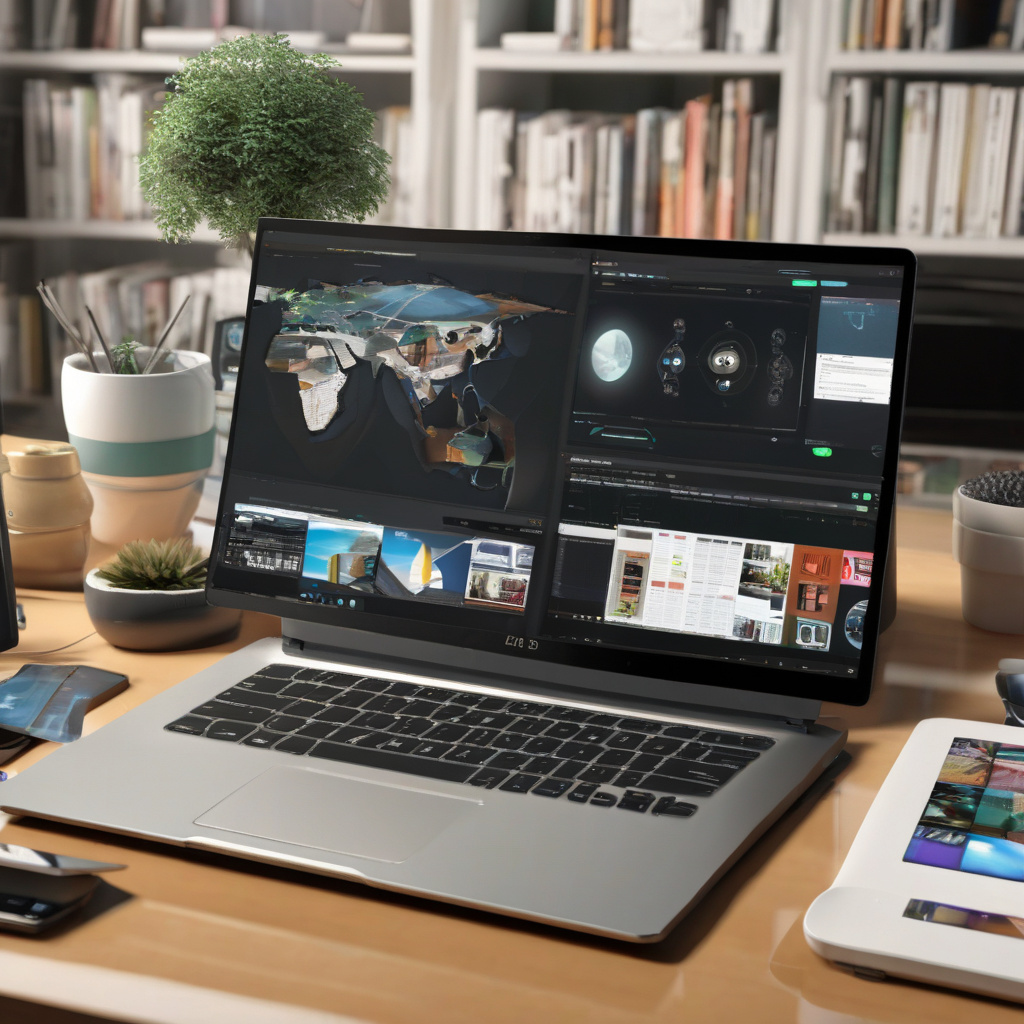Android 15 Upgrade Report Card: What the…?!
If you’ve been following the Android Upgrade Report Cards, you might have noticed a consistent trend among Android device-makers. However, Android 15 has thrown a curveball, disrupting the usual upgrade patterns we’ve come to expect. The unpredictability in this cycle highlights the importance of tracking how different manufacturers support their products post-purchase.
Android’s open-source nature allows device-makers to customize the operating system, leading to varying upgrade timelines. This variability underscores the significance of understanding how each company prioritizes post-sales support. With Android 15 now six months past its launch, it’s time to evaluate which manufacturers prioritize upgrades and which treat them as an afterthought.
Let’s delve into the performance of key players in the Android ecosystem, starting with Google.
Google, the creator of Android, usually excels in delivering timely updates to its Pixel devices. However, with Android 15, Google took a leisurely approach, rolling out the update to its Pixel lineup after a month and a half. Despite the slight delay, Google’s commitment to providing consistent and reliable software updates remains unmatched in the Android realm.
Notably, Google treats all its Pixel devices equally, ensuring that even older models receive updates simultaneously with current flagships. This dedication to uniform software support sets Google apart from other manufacturers and reinforces its position as a reliable choice for ongoing updates.
OnePlus
When it comes to software support, OnePlus has had a mixed track record. While the company manages to deliver updates to its recent flagships within a reasonable timeframe, older devices often experience significant delays. OnePlus’s communication with customers during the update process also falls short, leading to frustration among users awaiting software upgrades.
The inconsistency in OnePlus’s upgrade performance, as reflected in past Android cycles, highlights the need for the company to prioritize timely updates across its entire device portfolio. Clear and transparent communication can also enhance the user experience and build trust among OnePlus device owners.
Motorola (Lenovo)
Motorola’s upgrade efforts with Android 15 represent a slight improvement compared to previous cycles. While the company still receives a low grade for its upgrade performance, the recent update to its flagship devices signals a potential shift towards more timely software support. However, Motorola’s communication regarding updates remains minimal, leaving room for enhancement in engaging with customers throughout the upgrade process.
Motorola’s incremental progress underscores the importance of consistent and reliable software support for maintaining customer satisfaction and loyalty. By continuing to improve its upgrade timelines and communication strategies, Motorola can enhance its reputation in the competitive Android market.
Samsung
Samsung’s software support performance with Android 15 has been disappointing, with the company failing to deliver any updates to its devices six months after the operating system’s release. This lack of timely upgrades, especially for premium devices, raises concerns about Samsung’s commitment to providing essential software enhancements to its users.
Despite occasional high points in past Android cycles, Samsung’s overall upgrade track record has been inconsistent. The company’s focus on current flagships at the expense of older models and budget devices highlights the need for a more inclusive approach to software support. Improved communication about update timelines can also help manage user expectations and improve the upgrade experience for Samsung device owners.
In conclusion, evaluating Android device-makers based on their upgrade performance sheds light on the importance of post-sales software support in the competitive smartphone market. As consumers, being informed about manufacturers’ upgrade practices empowers us to make educated decisions when choosing our next Android device. Stay tuned for more insights and updates on Android software support to make informed choices for your tech needs.

